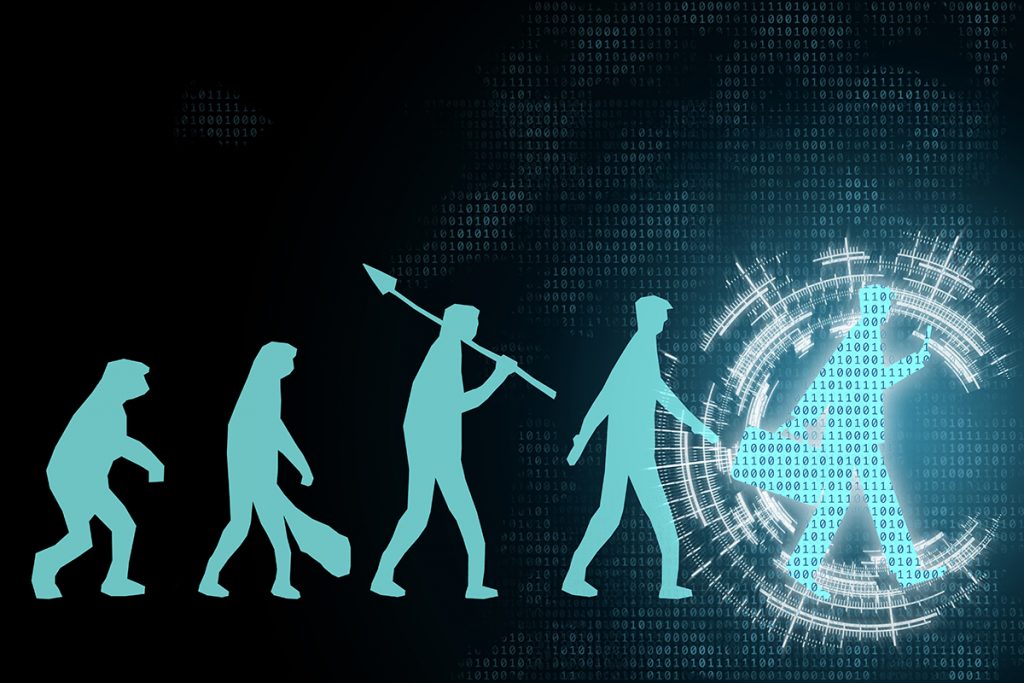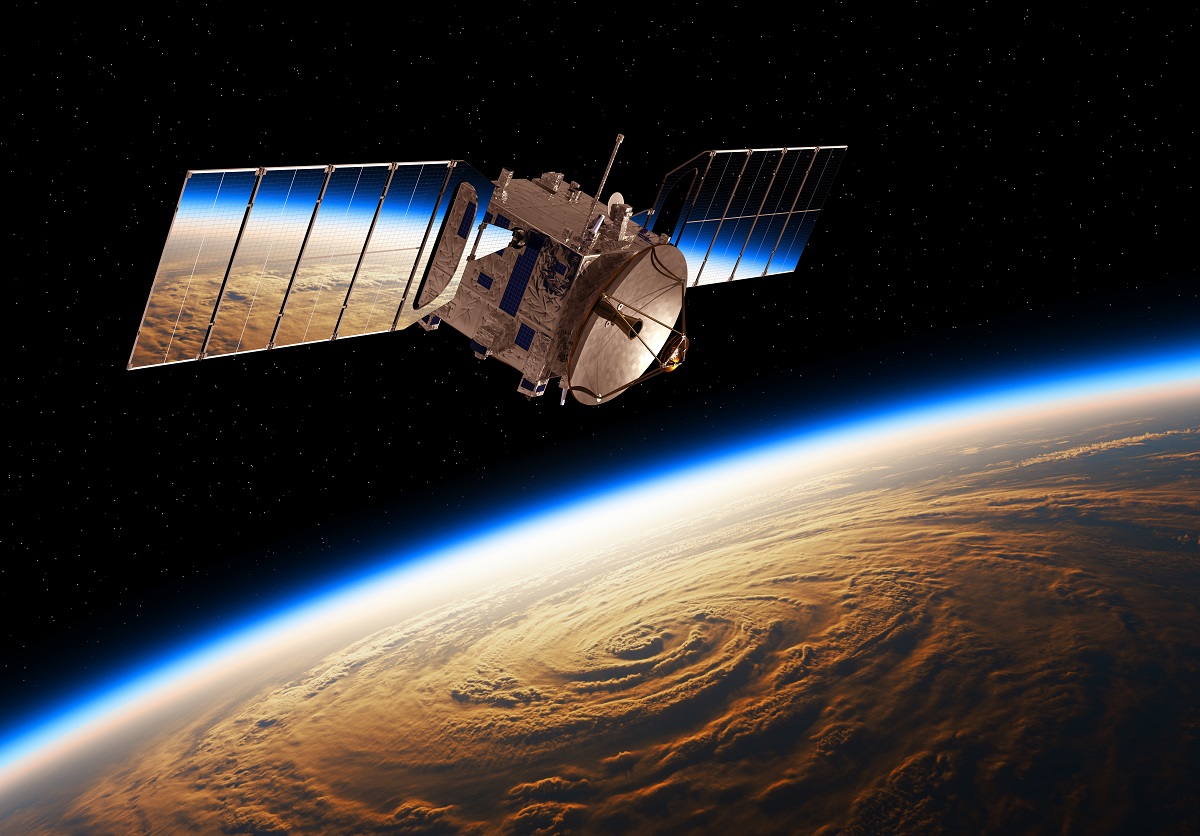The night has long been a mysterious and captivating realm, shrouded in darkness and cloaked in mystery. For millennia, humanity has sought to conquer the obscurity of night, not only for practical reasons but also to satiate our innate curiosity about the nocturnal world. This relentless pursuit has led to the development of Ghttime technology, a fascinating field that has not only transformed our nights but also revolutionized various aspects of our lives. In this comprehensive exploration, we will delve into the evolution of nighttime technology, from the ancient fires that illuminated our ancestors’ nights to the cutting-edge innovations of the present day.
The Dawn of Ghttime Technology
The story of Ghttime technology begins with the most primitive yet revolutionary discovery in human history: fire. For our ancestors, fire was not only a source of warmth and protection but also the first step towards conquering the darkness of night. The ability to control and utilize fire marked a pivotal moment in our evolution as a species. It allowed us to extend our activities into the night, fostering the development of culture, language, and social bonds around the campfire.
Torches and Oil Lamps
As human societies advanced, so did their Ghttime . Torches, initially simple sticks set ablaze, evolved into more complex and durable forms, such as the medieval torches made of wrapped straw or cloth soaked in pitch. In ancient civilizations like Rome and Egypt, oil lamps made from clay, bronze, or other materials became common sources of artificial light, extending the working hours and enabling night-time activities.
The Age of Illumination
The next significant leap in Ghttime technology came with the invention of candles. The earliest candles were made from tallow or beeswax and provided a more reliable and longer-lasting source of light compared to previous methods. Candles became ubiquitous in homes, places of worship, and public spaces, playing a pivotal role in the intellectual and cultural growth of societies around the world.
Gas Lamps and Street Lighting
The 19th century saw the advent of gas lighting, a technology that transformed the Ghttime landscape of cities. Gas lamps lined streets, illuminating the urban environment and enhancing safety and security. This innovation also played a crucial role in extending the working hours of factories and businesses, spurring economic growth during the Industrial Revolution.
Electrifying the Night
The most trans formative moment in the history of Ghttime came with the invention of the electric light. Thomas Edison’s development of the practical incandescent light bulb in 1879 heralded a new era of illumination. Electric lighting rapidly replaced gas lamps and candles, becoming a symbol of progress and modernity.
Urban Nightscapes and Skyscrapers
Electric lighting not only extended the practical hours of work and leisure but also transformed the aesthetics of cities. Skyscrapers adorned with dazzling electric signs and colorful displays emerged, creating vibrant urban nightscapes. Times Square in New York City, with its iconic electronic billboards, stands as a testament to the electrifying influence of technology on the Ghttime environment.
Nighttime Technology in the Modern Age
In recent decades, light-emitting diode (LED) technology has revolutionized Ghttime illumination. LEDs are energy-efficient, durable, and versatile, making them ideal for various applications. LED streetlights are now common in many cities, reducing energy consumption and light pollution. Additionally, LED displays and screens are integral to entertainment, advertising, and communication.
Smart Lighting and Automation
The convergence of lighting technology with the Internet of Things (IoT) has given rise to smart lighting systems. These systems enable remote control and automation of lighting, allowing users to adjust brightness, color, and scheduling via smartphone apps or voice commands. Smart lighting not only enhances convenience but also contributes to energy conservation and improved security.
Challenges and Concerns
While Ghttime technology has undoubtedly brought numerous benefits, it has also given rise to significant challenges. One of the most pressing issues is light pollution, which refers to the excessive, misdirected, or obtrusive artificial light that interferes with natural darkness. Light pollution has adverse effects on ecosystems, human health, and astronomical observations. Efforts are underway to develop lighting solutions that minimize light pollution and promote responsible ghttime lighting practices.
Circadian Rhythm Disruption
The increased prevalence of artificial light at night, particularly in the form of electronic devices and screens, has raised concerns about its impact on human health. Exposure to blue-rich light before bedtime can disrupt circadian rhythms, leading to sleep disturbances and related health problems. Innovations in lighting technology, such as the development of warmer, circadian-friendly lighting, aim to mitigate these issues.
The Future of Nighttime Technology
As we look to the future, Ghttime technology continues to evolve at a rapid pace. Here are some emerging trends and developments:
Energy-Efficiency and Sustainability
The pursuit of sustainable and energy-efficient lighting solutions remains a top priority. Researchers are exploring new materials and technologies, such as organic LEDs and solar-powered lighting, to reduce energy consumption and environmental impact.
Human-Centric Lighting
Human-centric lighting systems are being developed to enhance well-being and productivity. These systems adapt the intensity and color temperature of lighting to mimic natural daylight, which can positively influence mood and performance.
Advanced Control Systems
Advancements in control systems, including machine learning and artificial intelligence, are enabling more sophisticated and adaptive lighting environments. These systems can optimize lighting based on user preferences, occupancy, and real-time environmental conditions.
Space Exploration and Beyond
Beyond Earth, Ghttime technology plays a critical role in space exploration. Advanced lighting solutions are essential for maintaining the well-being of astronauts during extended missions in space and on other celestial bodies.
In conclusion, Ghttime technology has come a long way since the discovery of fire, transforming the way we live, work, and play after dark. From humble torches to the brilliance of LED displays, our journey to illuminate the night has been one of innovation, progress, and adaptation. As we continue to develop nighttime technology, it is essential to strike a balance between the benefits of illumination and the preservation of natural darkness, ensuring that our nights remain a source of wonder and inspiration for generations to come.



